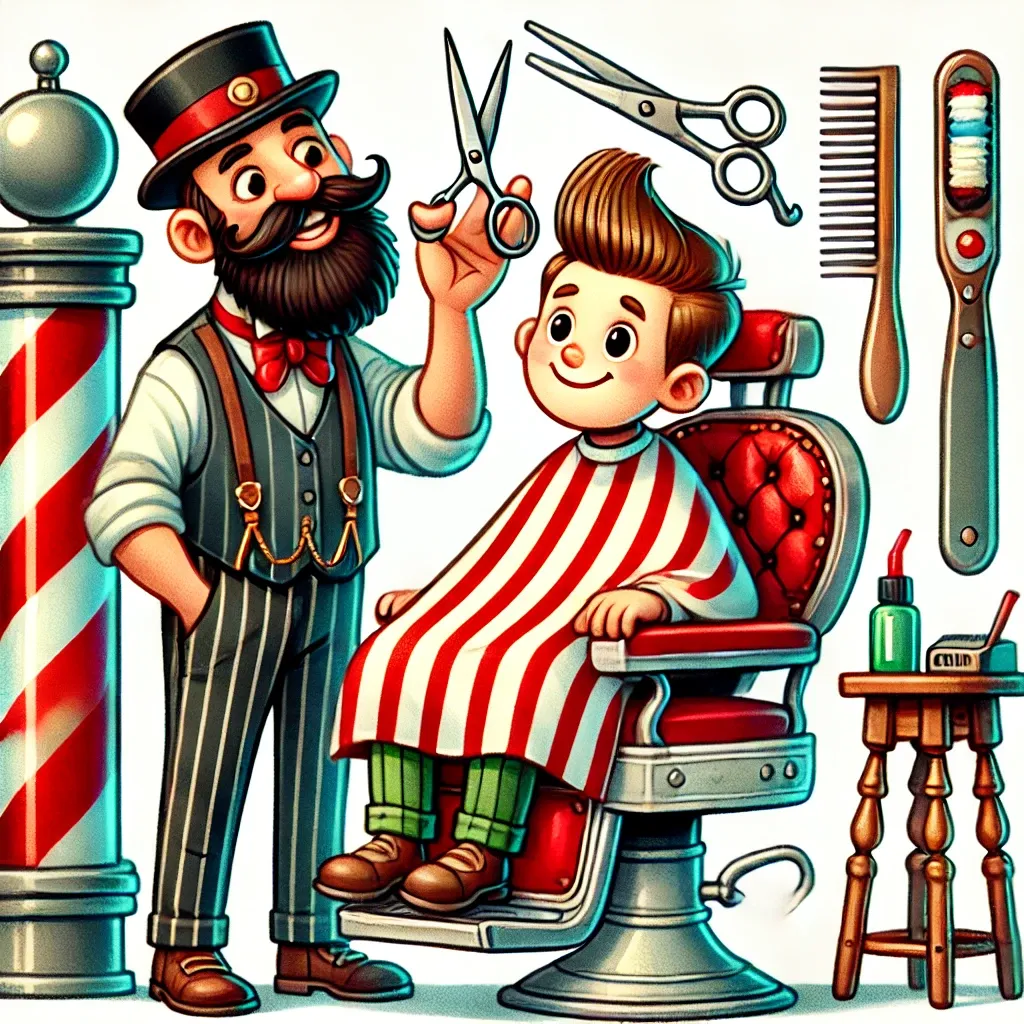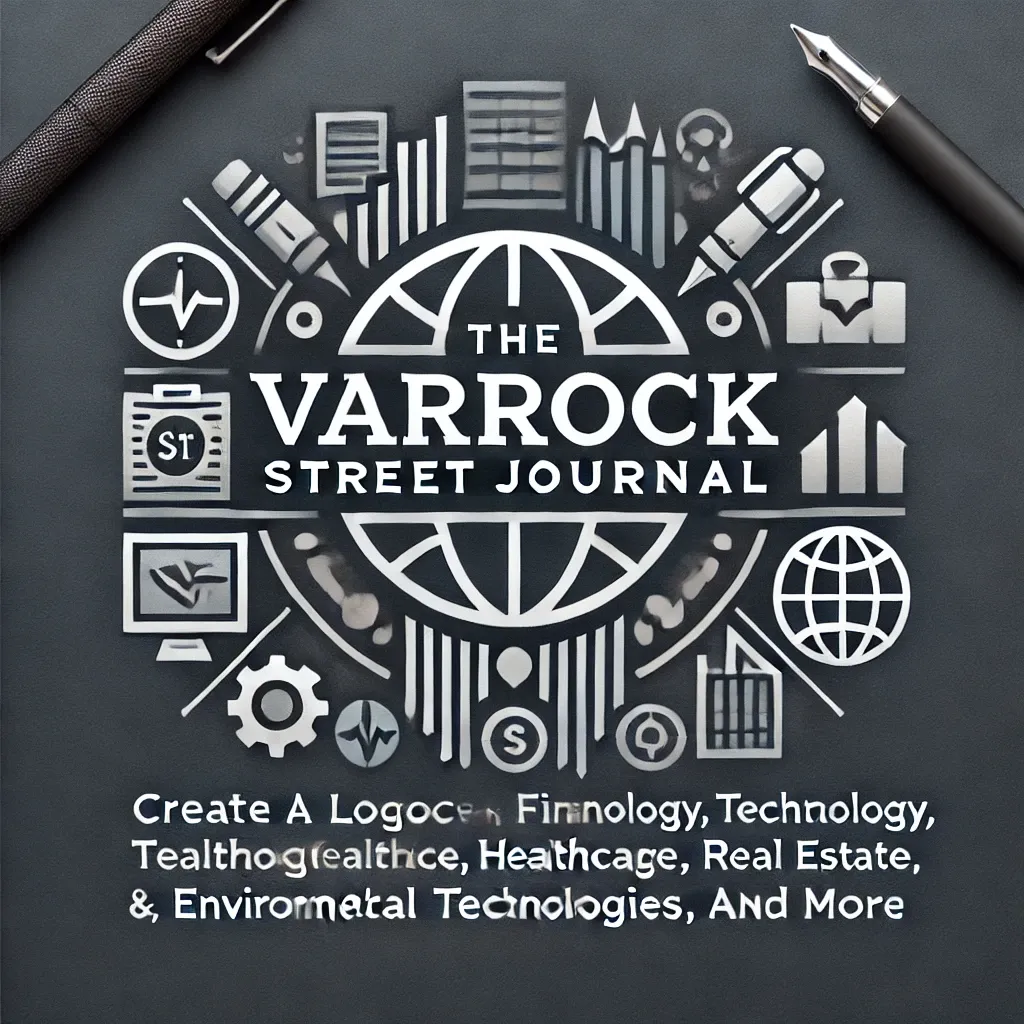Barber-Surgeons: From Razors to Scalpel – A Journey Through Medical History

What’s Cutting, Varrock Street Journal Community!?
Have you ever wondered how a simple haircut evolved into a gateway to early medical care? Today, we’re delving into the fascinating history of barber-surgeons—a time when a shave might have included a bloodletting and a trim could turn into a minor surgery. Let’s explore how these multifaceted practitioners bridged the gap between grooming and medicine, and how their innovative practices still echo in modern healthcare.

The Rise of the Barber-Surgeons
Long before formal medical schools and specialized surgeons, barbers were trusted figures in town. Initially known simply for their skills with scissors and razors, many quickly found themselves performing essential medical procedures. Whether it was bloodletting to balance the body's humors or extracting troublesome teeth, these early practitioners became the go-to experts for both beauty and basic healthcare.
What They Did: From Shaves to Surgeries
Barber-surgeons weren’t just about giving a clean cut. Their roles included:
- Bloodletting and Cauterization: Believed to restore balance to the body, these procedures were a mainstay in their practice.
- Dental Extractions and Minor Surgeries: Without access to trained physicians, barbers handled tooth removals, minor incisions, and even emergency amputations on the battlefield.
- Field Medics: In times of war or plague, they stepped in as vital caregivers, using their limited tools to save lives when no one else could.
Their distinctive red and white barber pole—symbolizing blood and bandages—remains a lasting emblem of their dual legacy.
A Timeline of Transformation
The era of the barber-surgeon flourished from the Middle Ages well into the early modern period. Over time, as scientific understanding grew and dedicated surgical guilds emerged, their roles began to change. By the 18th century, the evolution of formal medical education and specialized practice led to a gradual departure from the dual roles they once embraced.
Innovations That Shaped Modern Medicine
The contributions of barber-surgeons went far beyond their immediate services. Here are a few innovations that continue to influence modern medicine:
- Refinement of Surgical Instruments: Early tools like forceps, lancets, and rudimentary bone saws evolved into the precise scalpels and surgical equipment used in hospitals today.
- Foundations of Surgical Apprenticeship: Their practice of hands-on mentorship laid the groundwork for modern medical training, emphasizing practical experience alongside theoretical knowledge.
- Early Hemostatic Techniques: Experiments with cauterization and other methods to control bleeding paved the way for the sophisticated hemostatic procedures central to contemporary surgery.
- Multidisciplinary Approach: By blending aesthetic and therapeutic services, barber-surgeons hinted at the multidisciplinary collaboration that is now standard in modern healthcare.
Further Reading and Resources
For those who wish to dive deeper into this intriguing chapter of medical history, consider exploring the following:
- Wikipedia – Barber-Surgeon: A detailed overview of the origins and practices of barber-surgeons.
- The Royal College of Surgeons Archives: Discover historical records that trace the transition from barber-surgeons to modern surgery.
- Academic Journals: Publications like the Journal of the History of Medicine and Allied Sciences and retrospective analyses in The Lancet offer scholarly insights.
- Recommended Books: Titles such as Medieval Surgery: A Reader and The Cambridge Illustrated History of Medicine provide broader context and in-depth exploration.
Here is an awesome short video to learn more! Definitely give this one a watch!
Final Thoughts
From the barber’s chair to the modern operating room, the legacy of the barber-surgeons is a testament to human ingenuity and adaptability. Their ability to merge the worlds of grooming and medicine not only saved lives in their day but also laid the foundation for the sophisticated healthcare practices we rely on today. What are your thoughts on this unique intersection of history and medicine? Join the discussion and let’s keep the conversation cutting-edge!
- The Varrock Street Journal Team
